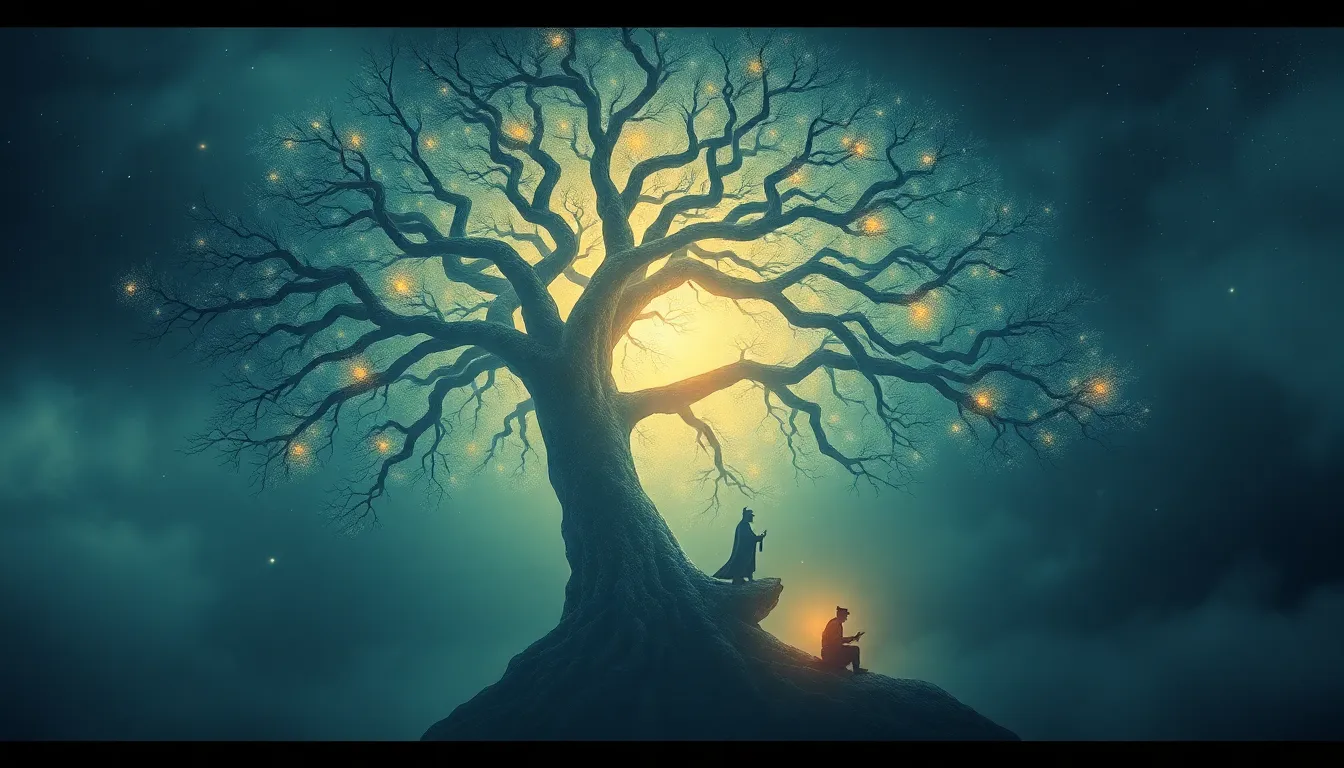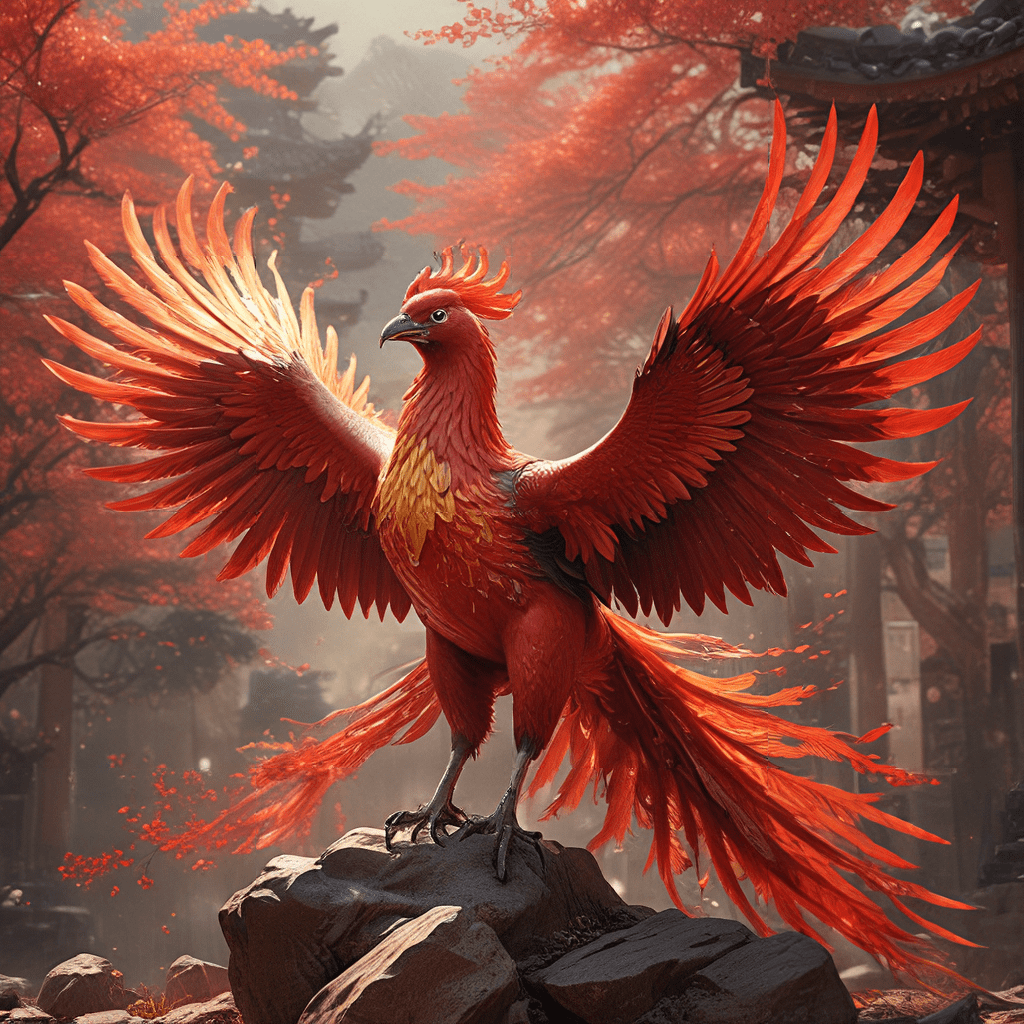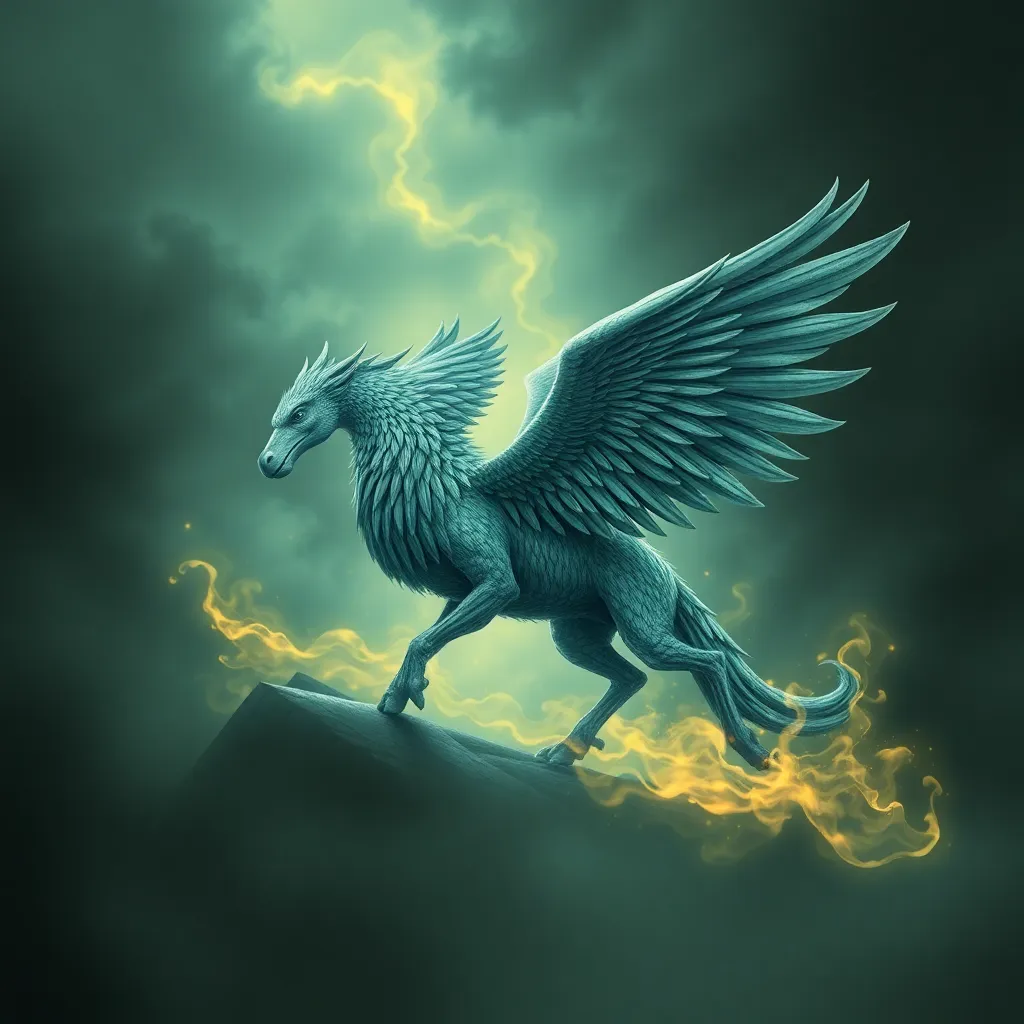The Tree of Spirits: Myths of Ancestors and Guardians
Introduction to the Concept of the Tree of Spirits
The Tree of Spirits is a profound symbol found in various cultures around the world, representing the interconnectedness of life, ancestry, and the spiritual realm. It serves as a bridge between the physical and the metaphysical, embodying the beliefs that ancestors watch over and guide their descendants. This concept is rich in significance, as it encapsulates themes of heritage, guardianship, and an enduring connection to the past.
Throughout history, mythological narratives have utilized the imagery of trees to convey the relationships between people and their ancestors, as well as the guardians that protect them. These stories reflect the universal human desire to understand our place in the world and the forces that shape our lives.
Cultural Variations of the Tree of Spirits
The Tree of Spirits appears in various cultural contexts, each with its unique interpretation and significance. Here are a few notable examples:
- Celtic Traditions: In Celtic mythology, trees are considered sacred, often representing the cosmos itself. The Oak tree, for example, is seen as a symbol of strength and endurance, embodying the wisdom of ancestors.
- Indigenous Cultures: Many Indigenous peoples view trees, particularly the Cedar and the Birch, as vital spiritual entities. They believe these trees serve as conduits for ancestral spirits and protectors.
- Asian Traditions: In various Asian cultures, the Bodhi tree, under which the Buddha attained enlightenment, symbolizes spiritual awakening and the connection to ancestral wisdom.
This comparative analysis reveals that while the Tree of Spirits may take on different forms, its symbolic meanings often converge on the themes of life, protection, and the enduring legacy of ancestors.
The Role of Ancestors in Spiritual Beliefs
In many cultures, ancestors hold a sacred place in spiritual beliefs. They are often regarded not merely as the deceased but as active participants in the lives of their descendants.
- Definition of Ancestors: Ancestors can be defined as previous generations whose lives and experiences shape the identities of their descendants.
- Perceived Roles: Ancestors are seen as protectors, guides, and sources of wisdom. They provide a sense of belonging and continuity through their legacies.
- Honoring Ancestors: Various practices exist to honor these figures, including:
- Creating altars with offerings
- Celebrating ancestral festivals
- Engaging in storytelling to share their lives and lessons
Guardians and Protectors in Mythology
Within mythological contexts, guardians and protectors often play crucial roles. They are the spirits or deities that oversee the well-being of individuals and communities.
- Definition of Guardians: Guardians are spiritual entities tasked with protecting individuals or communities, often associated with specific places or natural elements.
- Examples of Protector Spirits: Various mythologies feature guardian spirits linked to the Tree of Spirits:
- The Green Man in European folklore, representing nature and rebirth.
- The Shinto Kami in Japan, which are spirits residing in natural elements, including trees.
- The Ancestral Spirits among Indigenous cultures, believed to guide and protect their descendants.
Symbolism of the Tree of Spirits
The Tree of Spirits serves as a powerful symbol of life, growth, and connection to the spiritual realm. Its structure offers rich metaphors for understanding ancestry and guardianship.
- Life and Growth: The tree symbolizes the cycle of life, with roots representing ancestry and branches symbolizing new generations.
- Roots and Branches: Roots signify the deep connections to ancestors, while branches extend towards the future, illustrating the ongoing legacy of familial ties.
Mythological Stories Surrounding the Tree of Spirits
Numerous myths and legends feature the Tree of Spirits, illustrating the intricate relationships between humans, their ancestors, and the guardians that protect them.
- Key Myths: Some significant stories include:
- The Yggdrasil tree in Norse mythology, connecting the nine worlds and embodying the life force of the cosmos.
- The Banyan tree in Hindu mythology, symbolizing immortality and the eternal cycle of life.
- The Cedar of Lebanon, revered in various ancient cultures as a symbol of strength and divine protection.
These stories not only highlight the importance of ancestors and guardians but also reflect the values and beliefs of the cultures they originate from.
Rituals and Practices Related to the Tree of Spirits
Across cultures, rituals honoring ancestors and guardians often incorporate the Tree of Spirits as a focal point.
- Ritual Overview: Common practices include:
- Creating sacred spaces around trees for offerings.
- Celebrating festivals that pay homage to ancestors and the protective spirits associated with trees.
- Conducting memorial services under sacred trees, reinforcing the connection between the living and the deceased.
- Contemporary Practices: Many people today engage in these rituals, finding meaning and connection through the Tree of Spirits in their spiritual journeys.
The Psychological and Emotional Impact of Ancestor Worship
The act of connecting with ancestors through the Tree of Spirits can have profound psychological and emotional benefits.
- Mental Health Benefits: Engaging in ancestor worship can lead to:
- A stronger sense of identity and belonging.
- Improved emotional resilience through connection to family history.
- Community Bonds: These practices also foster community connections, as shared rituals enhance social ties and collective memory.
- Storytelling and Memory: The importance of storytelling in preserving ancestral legacies cannot be overstated, as it helps keep memories alive and reinforces cultural values.
Modern Interpretations and Relevance of the Tree of Spirits
In contemporary society, interest in the Tree of Spirits and ancestral connections is experiencing a resurgence.
- Modern Views: Many people are seeking to incorporate ancestral wisdom into their spiritual practices, recognizing the value of nature and heritage.
- Nature-Based Spirituality: The growing movement toward eco-spirituality emphasizes the importance of nature as a source of spiritual inspiration and connection to the past.
Conclusion: The Enduring Legacy of the Tree of Spirits
The myths surrounding the Tree of Spirits, ancestors, and guardians continue to resonate deeply within the human experience. They foster a sense of identity and belonging, reminding us of our roots and the protective spirits that guide us.
As we reflect on these rich traditions, it is a call to action for all individuals to explore their own ancestral connections and the spiritual significance of nature in their lives. Embracing these elements can lead to a more profound understanding of ourselves and our place in the world.



